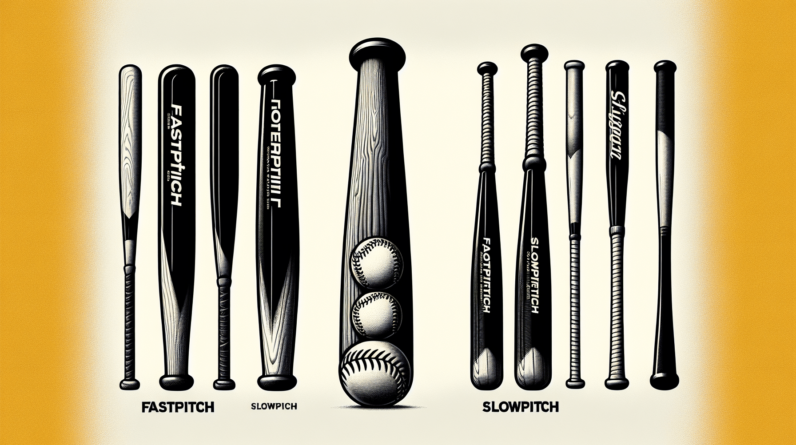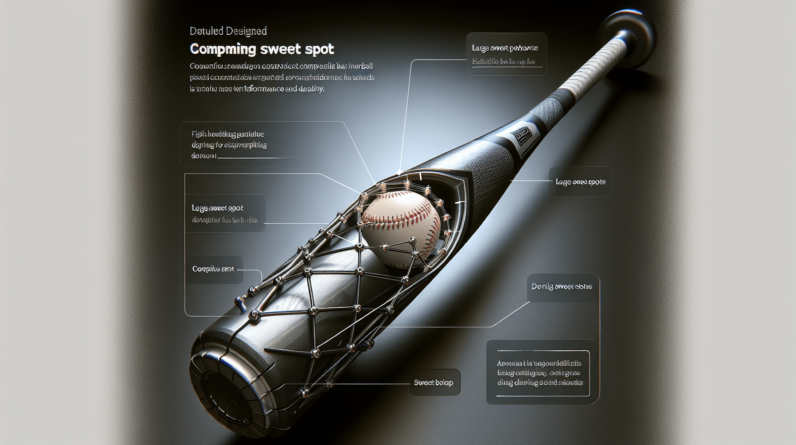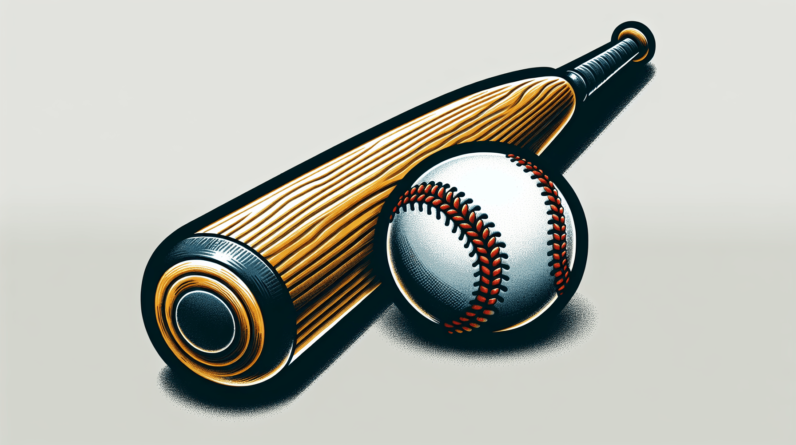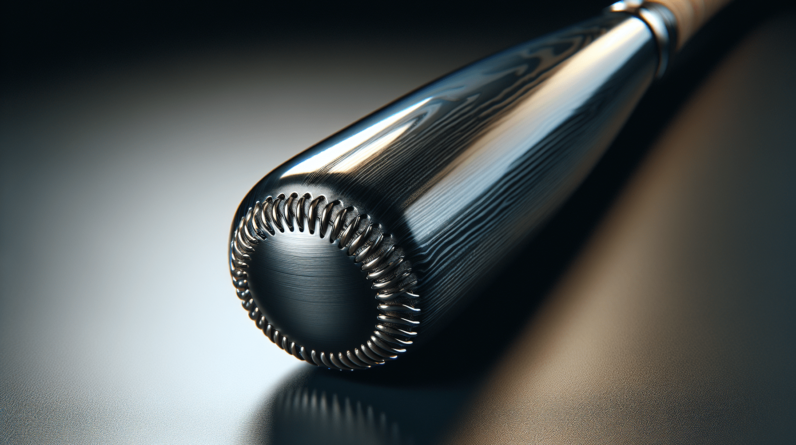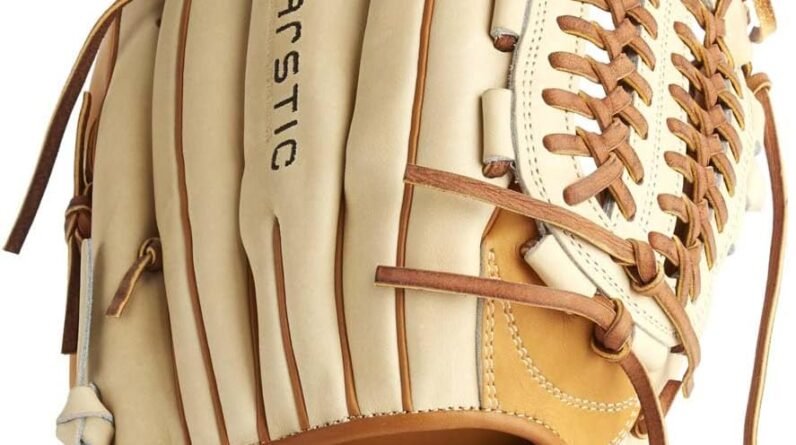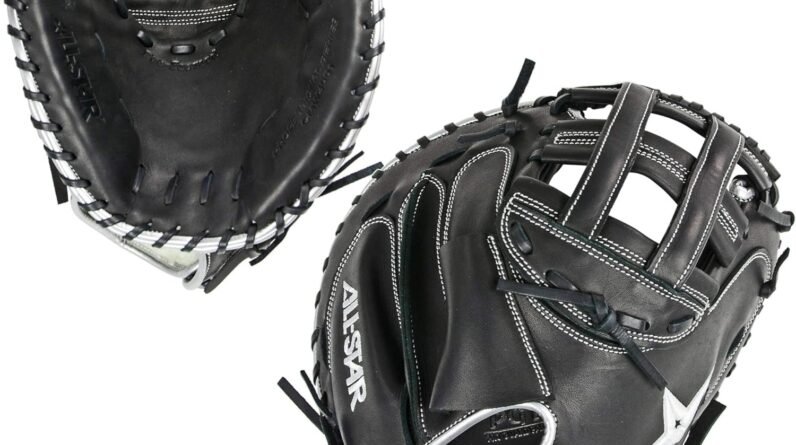In this article, you will explore the exciting world of fastpitch softball bats and uncover the different types that exist. Whether you are a professional player or simply enjoy a friendly game on the weekends, understanding the various options available can greatly enhance your performance on the field. From composite bats known for their power to alloy bats prized for their durability, we will take a closer look at each type and highlight their unique characteristics. So, grab your mitt and get ready to swing as we embark on a journey to discover the perfect bat for your fastpitch softball adventures.
This image is property of dks.scene7.com.
Introduction
Welcome to our comprehensive guide on the different types of Fastpitch softball bats! If you’re new to the sport or looking to upgrade your equipment, understanding the pros and cons of each type of bat is essential. In this article, we’ll explore the advantages and disadvantages of composite bats, aluminum bats, hybrid bats, one-piece bats, and two-piece bats. We’ll also discuss end-loaded bats and balanced bats, as well as explain the concept of drop weight and the importance of regulation and certification. So let’s dive in and find the perfect bat for you!
Composite Bats
Composite bats are a popular choice among both professional and amateur Fastpitch softball players. These bats are made from a combination of materials, such as carbon fiber, graphite, and fiberglass, which are layered together to create a sturdy and lightweight bat. One of the major advantages of composite bats is their ability to provide a larger sweet spot and better overall performance compared to other types of bats. They also offer excellent vibration dampening, which reduces hand sting and discomfort. However, composite bats usually have a break-in period and can be more expensive than other options.
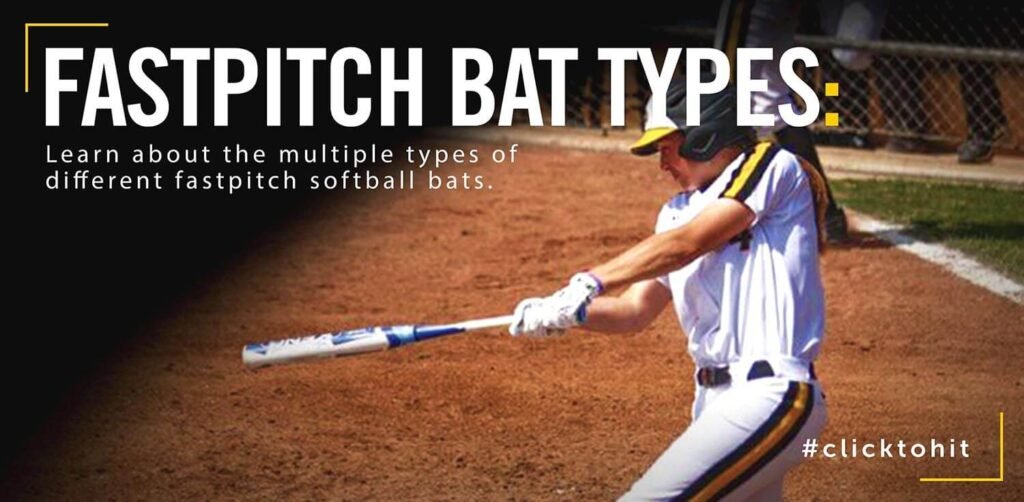
This image is property of dac8r2vkxfv8c.cloudfront.net.
Aluminum Bats
Aluminum bats have been a staple in Fastpitch softball for many years. These bats are made from a single piece of aluminum alloy or metal, making them durable and long-lasting. One of the key advantages of aluminum bats is their affordability. They are generally cheaper than composite bats and require no break-in period, allowing players to immediately take them to the field. Aluminum bats also provide good power and have a consistent performance across different weather conditions. However, they tend to have a smaller sweet spot and can transmit more vibrations to the hands upon contact with the ball.
Hybrid Bats
Hybrid bats combine the best features of both composite and aluminum bats. These bats typically have a composite handle and an aluminum barrel, providing players with a balanced feel and improved performance. Hybrid bats offer a larger sweet spot compared to aluminum bats and usually have a shorter break-in period than composite options. They also provide good vibration dampening and can generate more power due to the aluminum barrel. However, hybrid bats can be more expensive than aluminum bats and may not offer the same performance as high-end composite bats.

This image is property of www.allaboutfastpitch.com.
One-Piece Bats
One-piece bats, as the name suggests, are made from a single piece of either composite or aluminum material. These bats are known for their stiffness and durability. One of the main advantages of one-piece bats is their ability to transfer more energy from the player’s swing to the ball, resulting in increased power. They also tend to have a more balanced feel compared to two-piece bats. However, one-piece bats can be less forgiving on mishits and may transmit more vibrations to the hands upon contact.
Two-Piece Bats
Two-piece bats consist of a separate handle and barrel that are bonded together. This construction allows for more flexibility and whip effect during the swing, resulting in increased bat speed. Two-piece bats also provide better vibration dampening and can help reduce hand sting. They generally have a larger sweet spot compared to one-piece bats and offer a more forgiving feel on off-center hits. However, two-piece bats may have a higher price point and can require a longer break-in period.
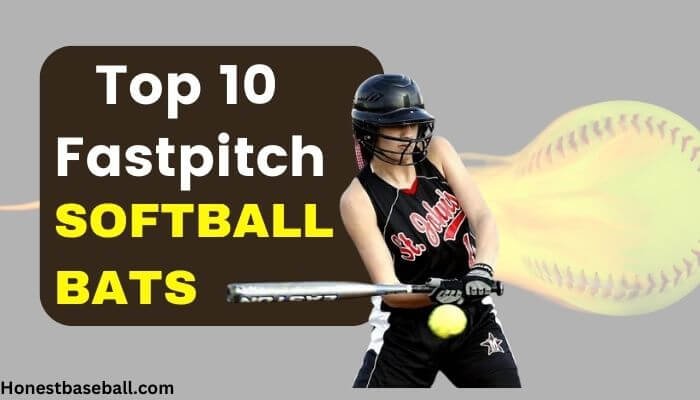
This image is property of honestbaseball.com.
End-Loaded Bats
End-loaded bats are designed with more weight towards the end of the barrel, providing players with additional power and momentum during their swing. These bats are favored by power hitters who rely on raw strength to hit the ball harder and farther. The extra mass at the end of the bat helps generate more power but can also make the bat feel heavier and reduce swing speed. End-loaded bats require more strength and proper technique to efficiently control and maximize their potential.
Balanced Bats
Balanced bats have an equal weight distribution throughout the entire length of the bat. This design provides players with better control and faster bat speed, making them suitable for contact hitters or players who prioritize a quick, level swing. Balanced bats are easier to maneuver and allow for better plate coverage. However, they may offer slightly less power compared to end-loaded bats.
This image is property of dks.scene7.com.
Drop Weight
Drop weight refers to the numerical difference between the length of the bat in inches and the weight of the bat in ounces. For example, if a bat is 34 inches long and weighs 24 ounces, it would have a drop weight of -10. In Fastpitch softball, most bats have a drop weight ranging from -8 to -13. A lower drop weight indicates a heavier bat, while a higher drop weight indicates a lighter bat. When choosing a bat, players should consider their personal strength, swing speed, and hitting style. A lighter bat allows for faster swing speed, while a heavier bat can generate more power.
Regulation and Certification
When purchasing a Fastpitch softball bat, it’s important to ensure that it meets the relevant regulations and certifications. The two most commonly recognized certifications are the ASA (Amateur Softball Association) and USSSA (United States Specialty Sports Association) certifications. These certifications assess the performance and safety of the bats, ensuring a fair playing field for all athletes. It’s crucial to check the bat’s certification stamp before using it in any organized games or tournaments. Additionally, other certifications, such as NSA (National Softball Association) and ISA (Independent Softball Association), may also be recognized by specific leagues or organizations.
With this comprehensive guide to Fastpitch softball bats, you’re now equipped with the knowledge to make an informed decision. Whether you prefer the powerful performance of composite bats, the affordability of aluminum bats, the versatility of hybrid bats, the stiffness of one-piece bats, or the flexibility of two-piece bats, there’s a bat out there that suits your playing style and preferences. Remember to consider your swing type, hitting style, and the regulations in your league when selecting a bat. So go ahead, swing for the fences, and enjoy the exhilarating world of Fastpitch softball!



